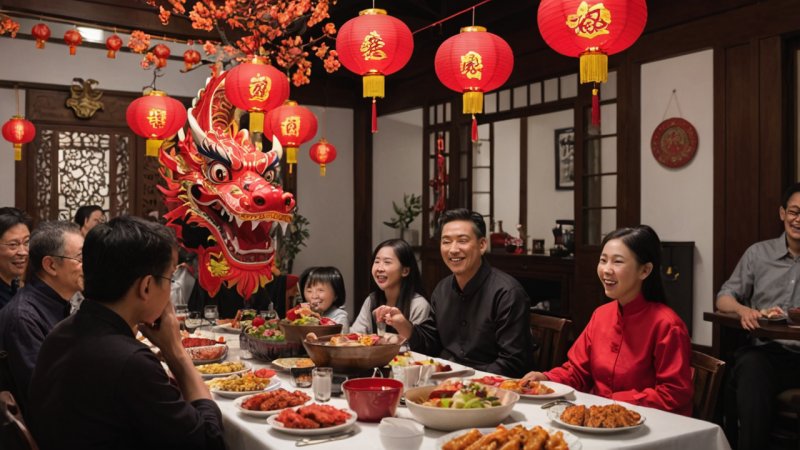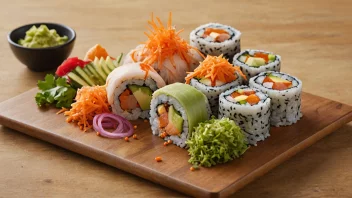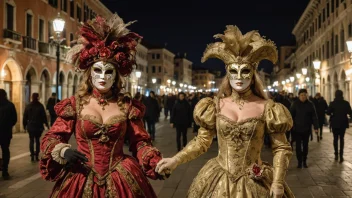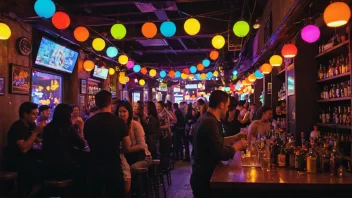The Lunar New Year, also known as the Spring Festival, is one of the most significant celebrations in East Asia, steeped in rich traditions and cultural significance. This vibrant festival marks the beginning of the lunar calendar year and is celebrated with great enthusiasm across countries like China, Vietnam, and South Korea. Each nation has its own unique customs, making it a fascinating time to explore the cultural nuances of this festive occasion. Here are five key highlights that showcase the importance of the Lunar New Year in East Asia, each offering a glimpse into the diverse ways people celebrate.
1. Family Reunions
One of the most heartfelt traditions of the Lunar New Year is the emphasis on family reunions. Families gather to celebrate together, often traveling great distances to be with their loved ones. The reunion dinner on New Year's Eve is a particularly vital event, where families feast on symbolic dishes that are believed to bring prosperity and good fortune. Common dishes include:
- Fish: Represents surplus and abundance.
- Dumplings: Symbolize wealth, as their shape resembles ancient Chinese silver ingots.
- Noodles: Signify longevity and a long life.
This time spent with family not only strengthens bonds but also allows for the passing down of traditions and stories from one generation to the next.
2. Traditional Festivities and Parades
The streets come alive with colorful parades and festivities during the Lunar New Year. In cities across East Asia, dragon and lion dances are performed, which are believed to ward off evil spirits and bring good luck. Fireworks light up the night sky, adding to the celebratory atmosphere. Some notable events include:
- Chinese New Year Parade in San Francisco: One of the largest celebrations outside of Asia, featuring elaborate floats and performances.
- Seollal in South Korea: A time for traditional games, folk dances, and wearing hanbok (traditional clothing).
- Tet Festival in Vietnam: Showcasing cultural performances, food stalls, and flower markets.
These lively events not only attract locals but also tourists eager to witness the festivities.
3. Cultural Symbolism in Decorations
Decorating homes and public spaces is a vital part of the Lunar New Year celebrations. Red is the predominant color, symbolizing good luck and happiness. Families adorn their homes with:
- Red Lanterns: Hung to invite good fortune.
- Couplets: Pairs of poetic verses written on red paper to express wishes for the new year.
- Paper Cuttings: Intricate designs that represent prosperity and happiness.
These decorations not only create a festive ambiance but also reflect the cultural values and hopes for the coming year.
4. Traditional Customs and Practices
Every culture has its own set of customs associated with the Lunar New Year. In China, it is common to give out red envelopes (hongbao) filled with money, symbolizing luck and prosperity. In Vietnam, people clean their homes to sweep away bad luck and prepare for the new year. Some other notable practices include:
- Offering Food to Ancestors: A way to honor family ancestors and seek their blessings.
- Wearing New Clothes: Represents a fresh start and new beginnings.
- Avoiding Taboos: Superstitions, such as not sweeping during the first days of the new year to avoid sweeping away good fortune.
These customs are deeply rooted in tradition and reflect the values of respect, gratitude, and hope.
5. Global Influence and Modern Celebrations
The Lunar New Year has transcended its cultural origins and is now celebrated worldwide. Cities with significant Asian populations, such as New York, London, and Sydney, host their own celebrations, showcasing the festival's universal appeal. These modern celebrations often incorporate:
- Community Festivals: Featuring food stalls, cultural performances, and workshops.
- Public Fireworks Displays: Attracting thousands of spectators each year.
- Social Media Campaigns: Engaging younger generations and promoting cultural awareness.
This global recognition highlights the importance of the Lunar New Year as a time of joy, reflection, and cultural exchange.
In conclusion, the Lunar New Year is a celebration that embodies the importance of family, tradition, and cultural values in East Asia. From family reunions and vibrant parades to symbolic decorations and traditional customs, this festival is a rich tapestry of experiences that connect people across generations and geographies. Whether you're participating in the festivities at home or exploring them abroad, the Lunar New Year offers an incredible opportunity to immerse yourself in the vibrant cultures of East Asia.






